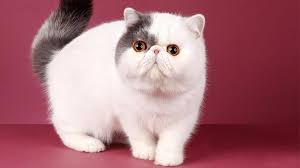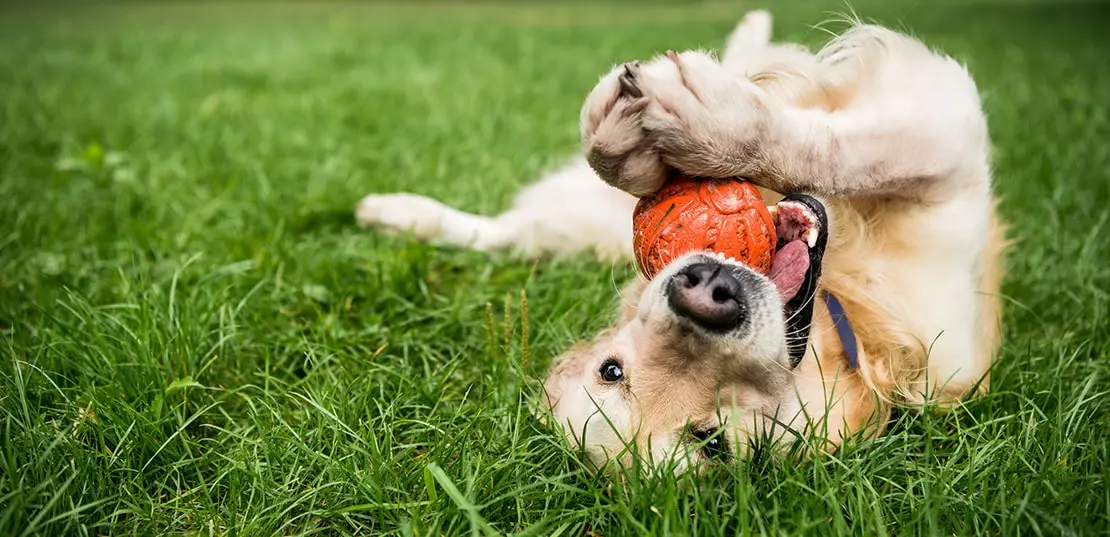
Exotic Shorthair
Conditions of detention
Exotic Shorthairs thrive in various living environments, from apartments to larger homes. They enjoy a calm and relaxed atmosphere with cozy spots to lounge and nap, making them well-suited for indoor living.
Useful Fact:
Exotic Shorthairs are known for their adaptable and easygoing nature. They enjoy being around people and other pets, making them great companions for families and individuals alike.
Nutrition and diet
Exotic Shorthairs require a balanced diet rich in high-quality proteins and essential nutrients to maintain their health and plush coat. Both wet and dry cat food are suitable, but it’s important to monitor their calorie intake to prevent obesity.
Useful Fact: Exotics may benefit from a diet that includes omega fatty acids to support their skin and coat health, reducing the risk of hair matting.
Health
Exotic Shorthairs are generally healthy but can be prone to certain genetic issues such as polycystic kidney disease (PKD) and respiratory problems due to their flat faces. Regular veterinary check-ups are essential to monitor and manage these conditions.
Useful Fact: Their flat faces can lead to tear staining, which requires regular cleaning to maintain eye health and appearance.
Grooming and care
Despite their short coat, Exotic Shorthairs need regular grooming to prevent matting and reduce shedding. Weekly brushing and regular cleaning of the face and eyes are necessary to manage tear staining.
Useful Fact: Using a damp cloth to clean around the eyes daily can help prevent tear staining and keep their face clean.
Education and training
Exotic Shorthairs are intelligent and respond well to positive reinforcement techniques. They can be trained to use a litter box, follow basic commands, and even perform simple tricks.
Useful Fact: Starting training early in a calm and consistent manner helps in developing good behavior patterns and making the cat more adaptable.
Toys and entertainment
Exotic Shorthairs enjoy interactive toys, feather wands, and puzzle feeders. Providing a variety of toys helps keep them mentally and physically stimulated, preventing boredom.
Useful Fact: Regular play sessions can help maintain their weight and overall health, as Exotics are prone to obesity.
Safety
Ensure your home is cat-proofed by securing windows and balconies, and keeping hazardous substances out of reach. Microchipping and providing ID tags are recommended for identification.
Useful Fact: Creating a safe indoor environment with plenty of enrichment can prevent the need for outdoor exploration, reducing the risk of accidents or injuries.
Accessories
Essential accessories for an Exotic Shorthair include a sturdy scratching post, a comfortable bed, and various grooming tools. A cat carrier is also important for trips to the vet or travel.
Useful Fact: Investing in high-quality, soft beds and scratching posts can significantly enhance your cat’s comfort and well-being.
Socialization
Exotic Shorthairs are sociable and enjoy spending time with their human companions. They generally get along well with other pets and children if properly introduced. Early socialization helps them become well-adjusted and friendly.
Useful Fact: Introducing them to different environments and experiences at a young age can prevent fearfulness and promote confidence.
Travel and Transportation
When traveling, use a secure and comfortable cat carrier. Familiarize them with the carrier beforehand to reduce stress. Regular breaks and hydration are important during long trips.
Useful Fact: Short practice trips can help your Exotic Shorthair get used to traveling, making longer journeys less stressful.
Behavior and psychology
Exotic Shorthairs are known for their calm, affectionate, and easygoing nature. Understanding their need for mental and physical stimulation can help in managing their behavior and keeping them happy.
Useful Fact: Providing interactive toys and engaging activities can help prevent behavioral issues such as scratching or excessive meowing.
Legal aspects
Check local regulations regarding pet ownership, as there may be specific requirements for keeping cats, including licensing and vaccination. Ensure you comply with all legal aspects to avoid complications.
Useful Fact: Keeping your cat’s medical records and identification up-to-date can be helpful in legal matters and in case of emergencies.


